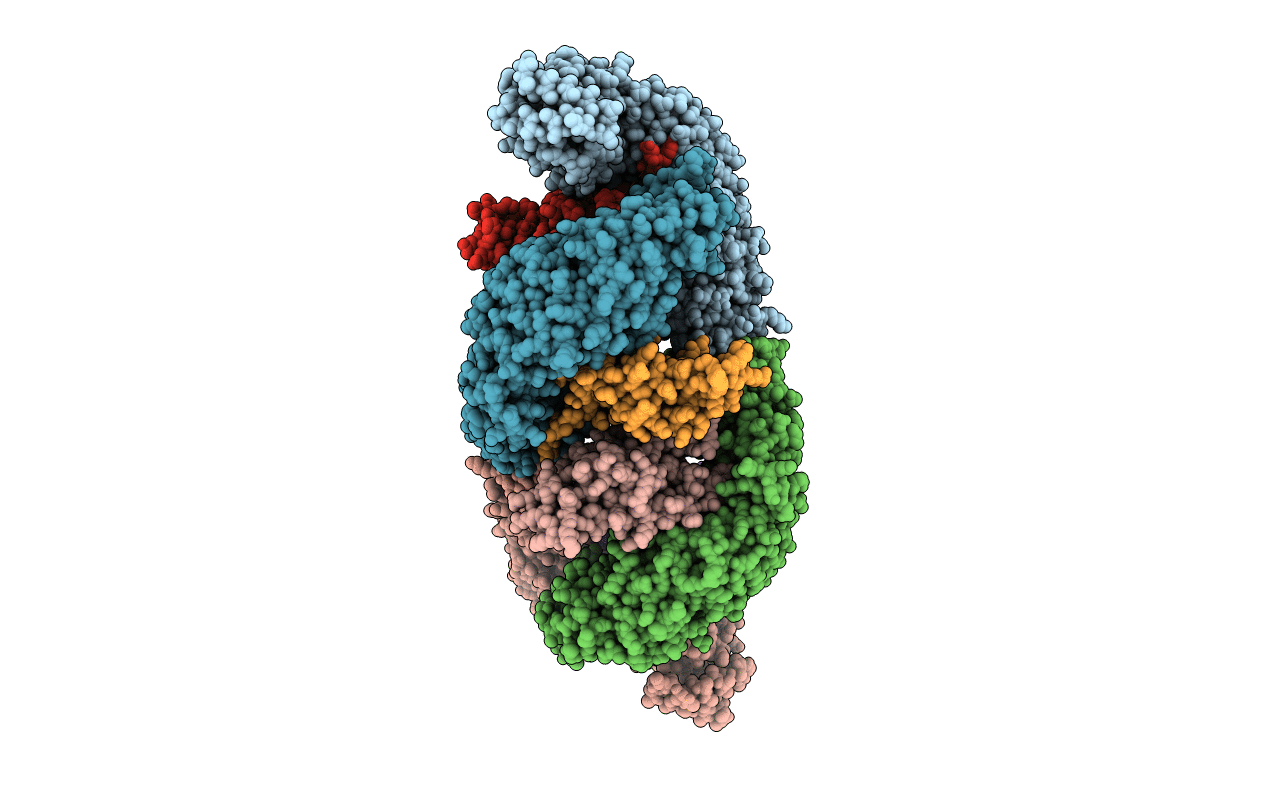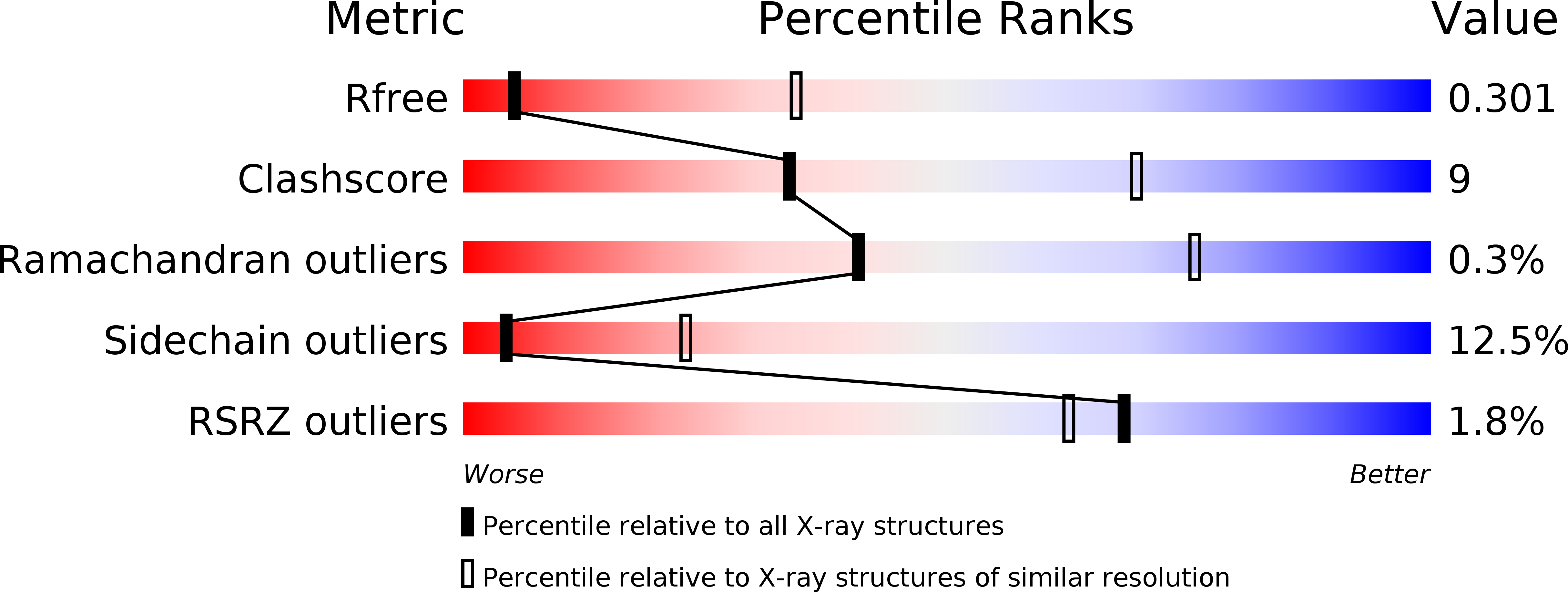
Deposition Date
2018-03-13
Release Date
2018-09-05
Last Version Date
2024-10-16
Entry Detail
PDB ID:
5ZHX
Keywords:
Title:
Crystal structure of SmgGDS-558 and farnesylated RhoA complex
Biological Source:
Source Organism:
Homo sapiens (Taxon ID: 9606)
Host Organism:
Method Details:
Experimental Method:
Resolution:
3.50 Å
R-Value Free:
0.30
R-Value Work:
0.24
R-Value Observed:
0.25
Space Group:
P 21 21 21


